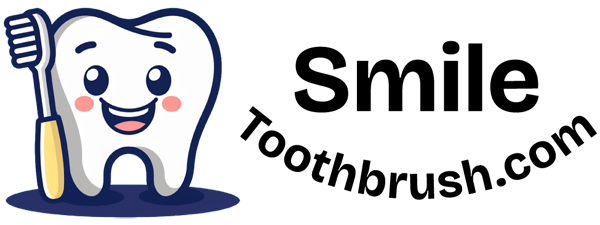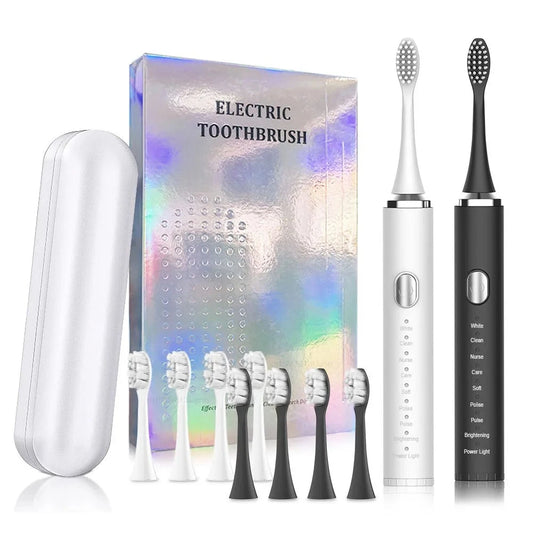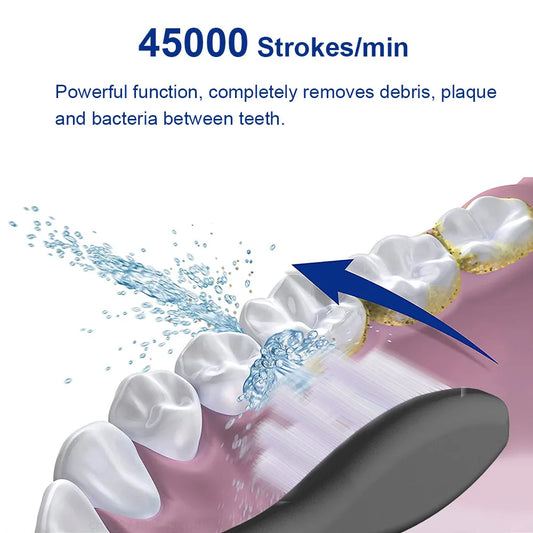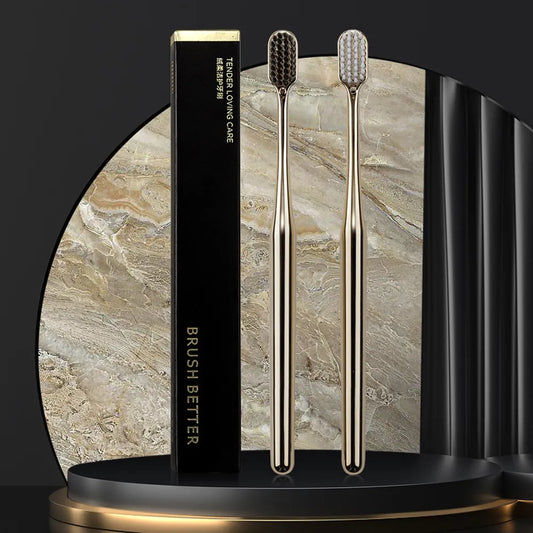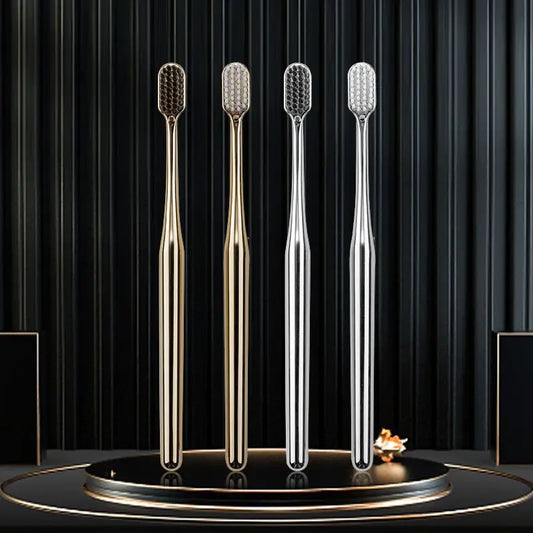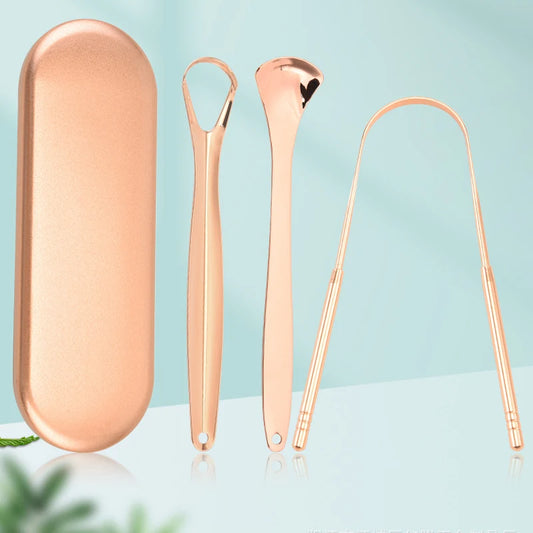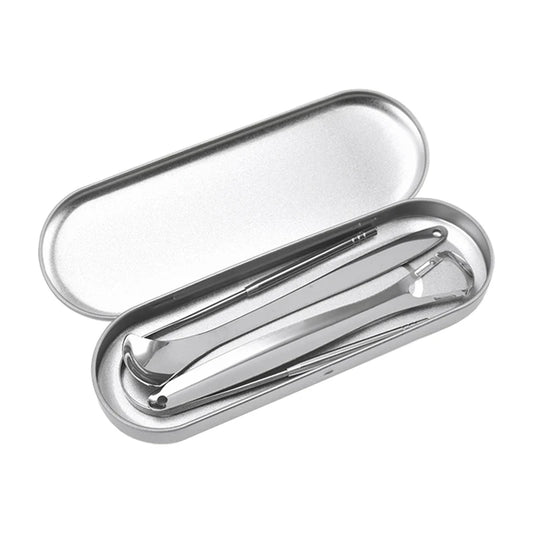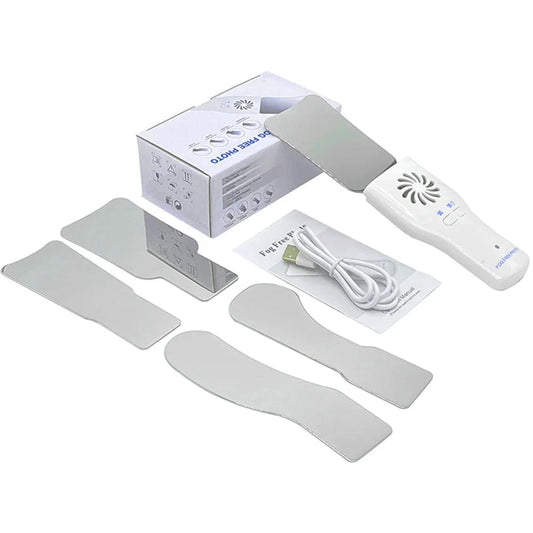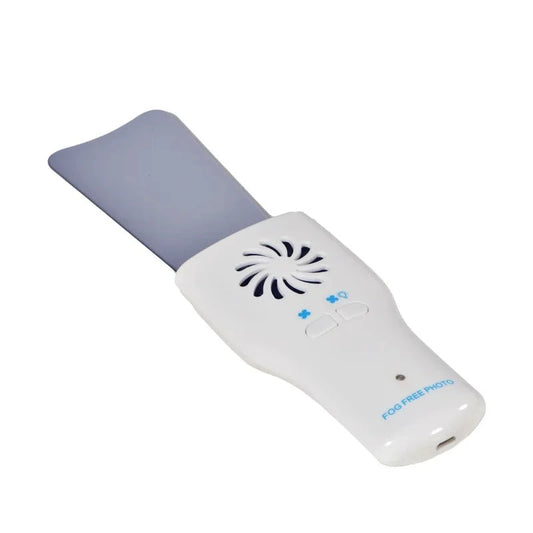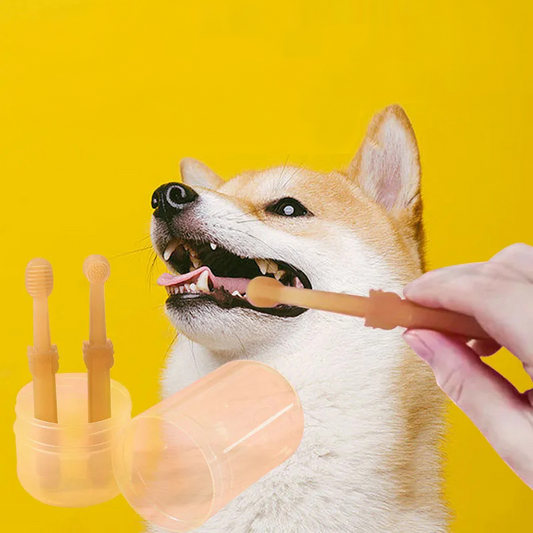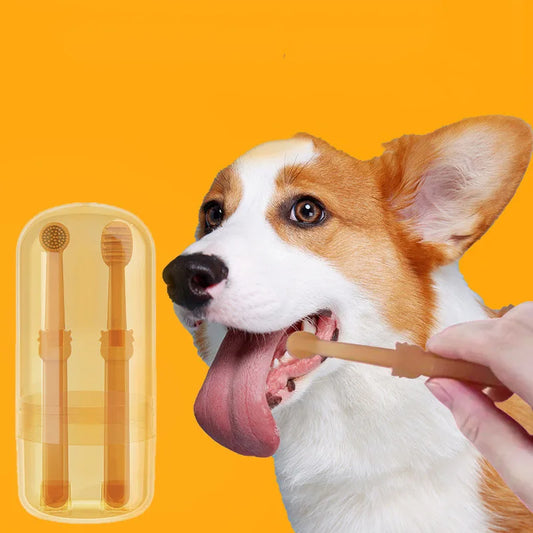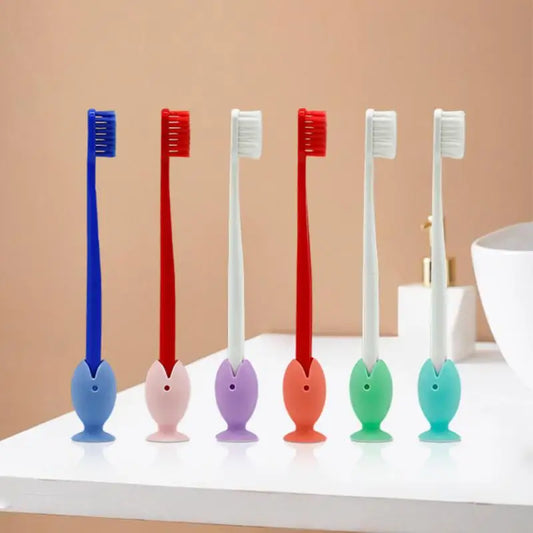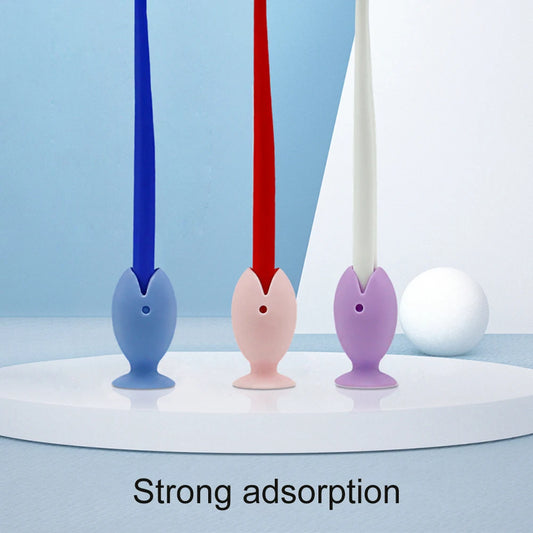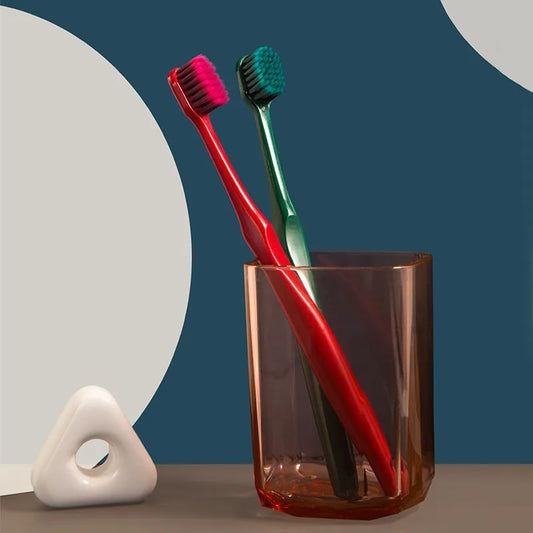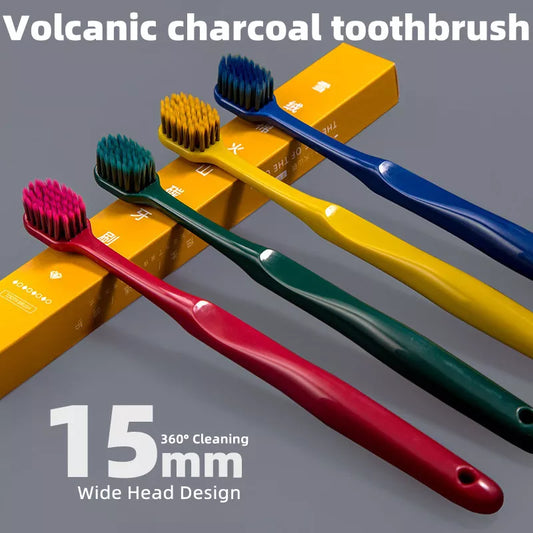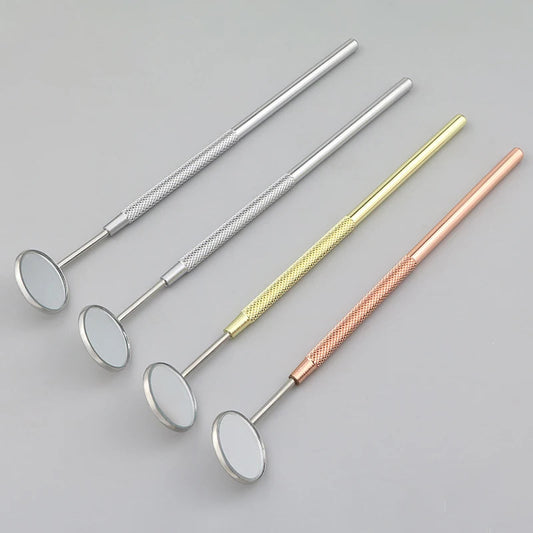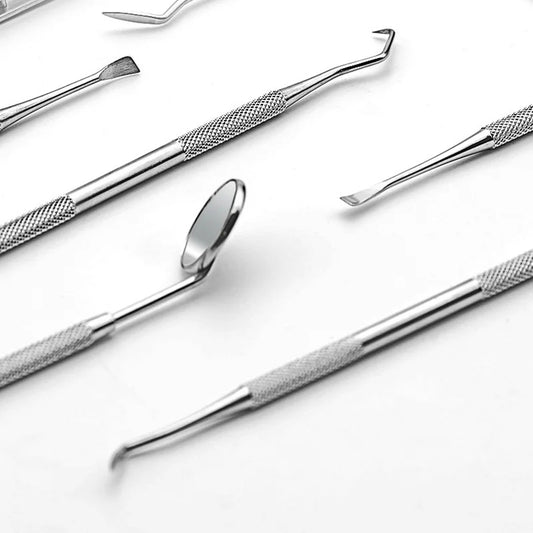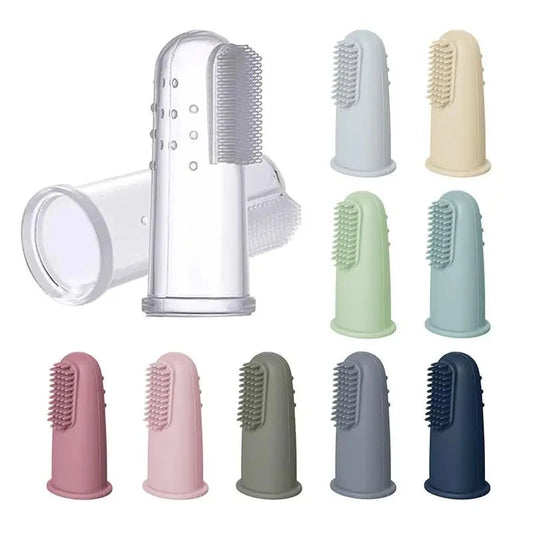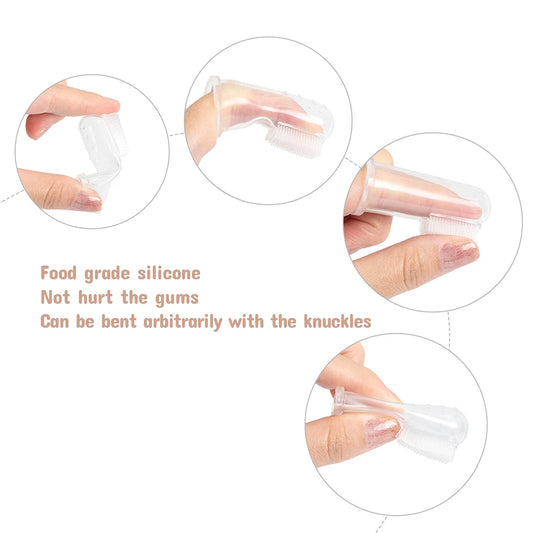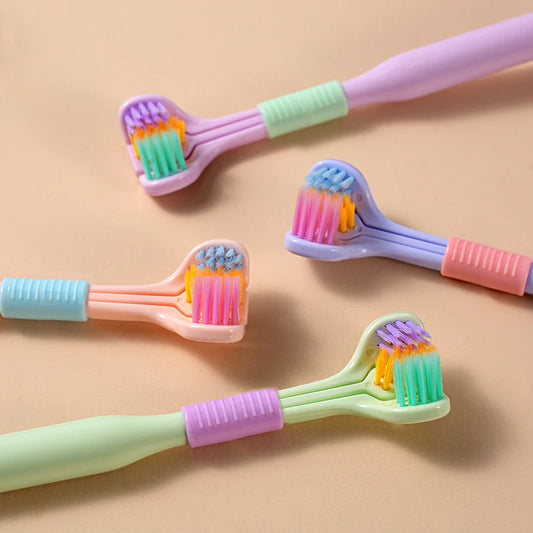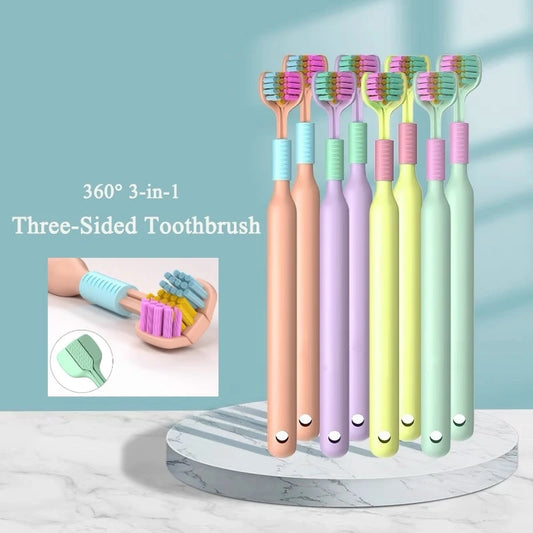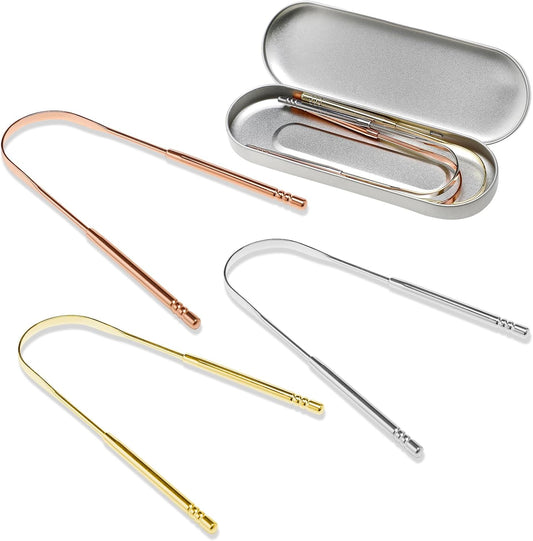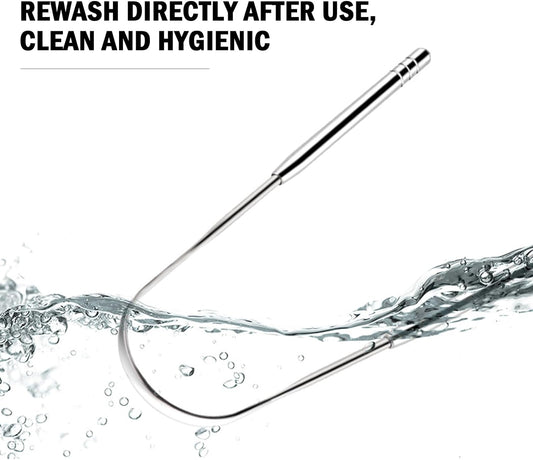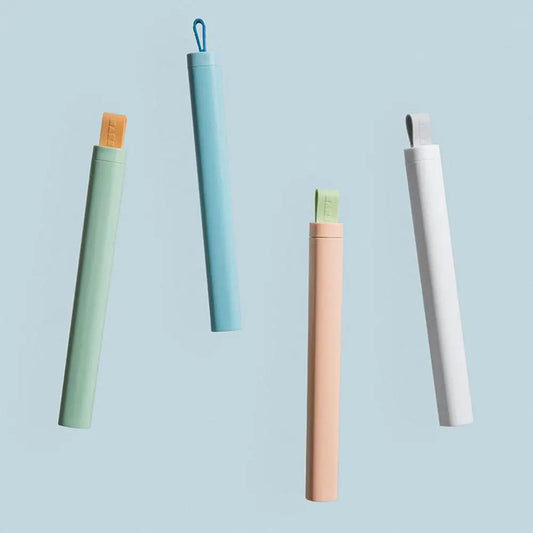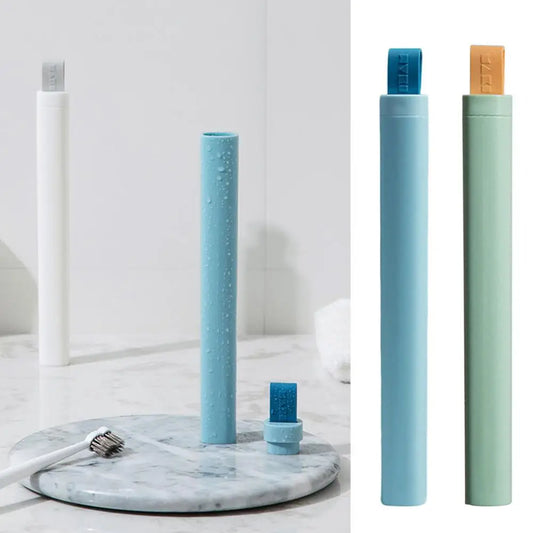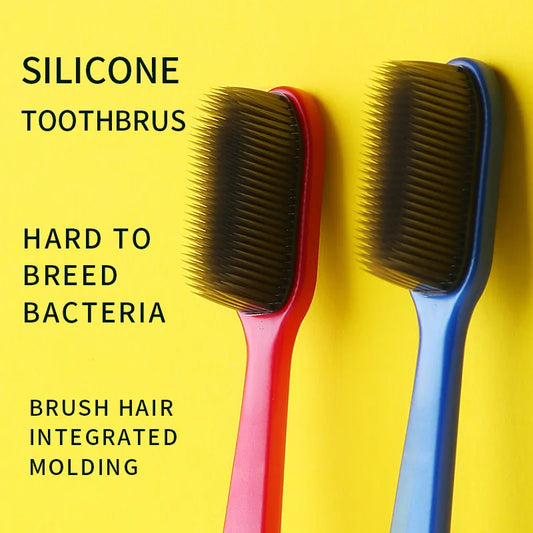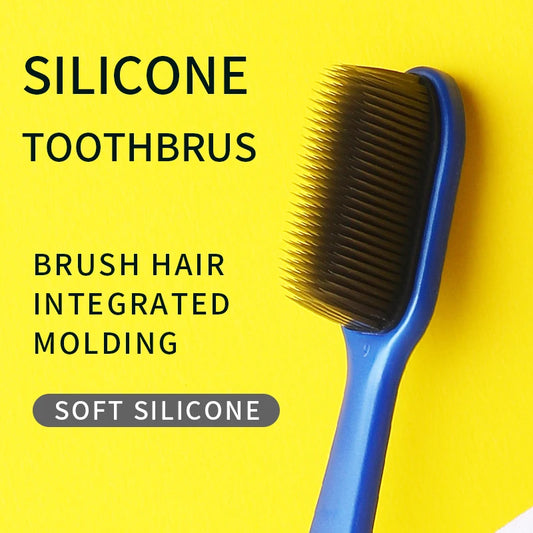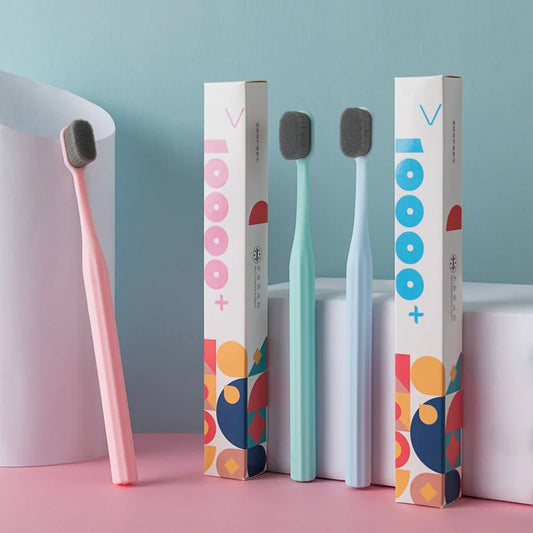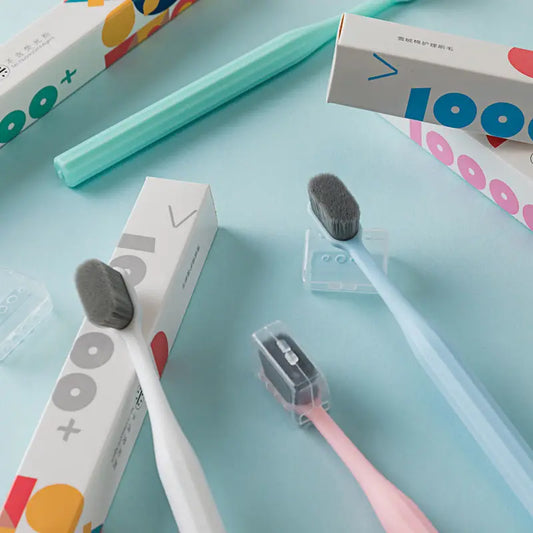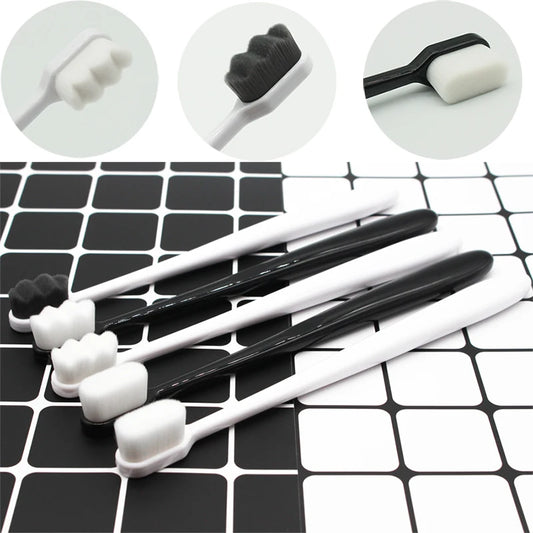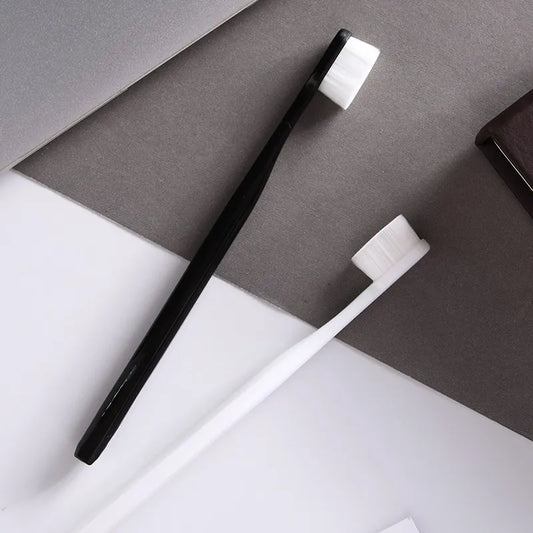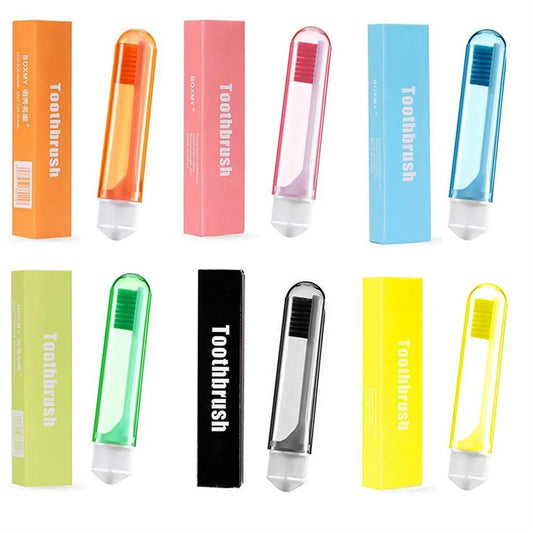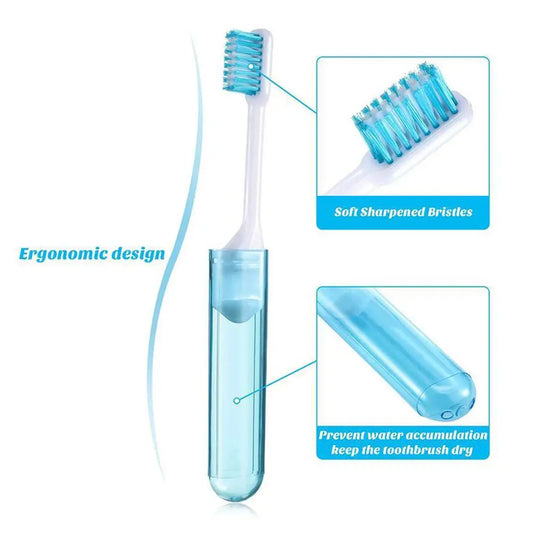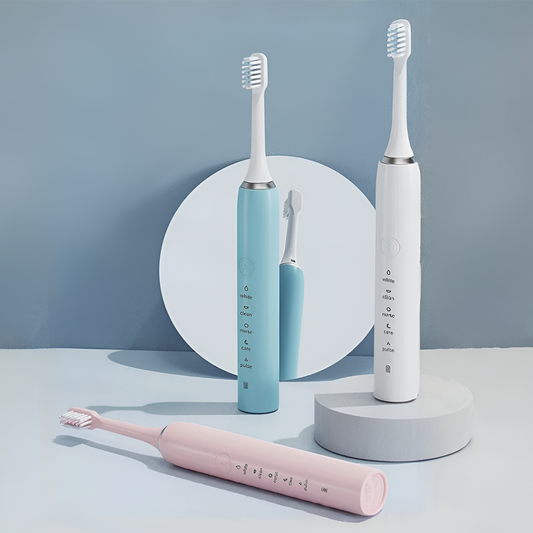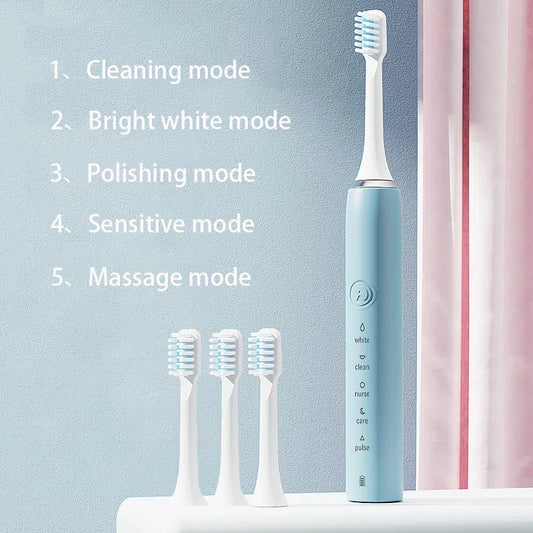Introduction:
Your toothbrush is a critical tool in maintaining good oral hygiene, but it's easy to overlook the importance of replacing it regularly. Over time, toothbrushes wear down and harbor bacteria, which can compromise their effectiveness in keeping your teeth clean and healthy. In this blog post, we'll delve into why it's crucial to replace your toothbrush regularly and highlight the signs that indicate it's time for a new one.
Why Regular Replacement Matters:
- Bacterial Build-Up: Your toothbrush is exposed to bacteria every time you use it, whether from your mouth or the surrounding environment. Over time, these bacteria can accumulate on the bristles, increasing the risk of oral health issues such as gum disease and tooth decay.
- Decreased Effectiveness: As toothbrushes age, the bristles become frayed and worn, reducing their ability to effectively remove plaque and food particles from your teeth. Using an old toothbrush may lead to inadequate cleaning, leaving behind harmful bacteria and debris.
- Risk of Infection: Worn toothbrushes with damaged bristles can cause tiny cuts or abrasions in the mouth, providing an entry point for bacteria and increasing the risk of infection. This is particularly concerning for individuals with compromised immune systems or pre-existing oral health conditions.
- Optimal Oral Hygiene: Regularly replacing your toothbrush ensures that you maintain optimal oral hygiene by using a clean and effective tool for cleaning your teeth. A fresh toothbrush with intact bristles can reach all areas of your mouth, promoting better overall oral health.
Signs It's Time for a New Toothbrush:
- Worn or Frayed Bristles: Inspect the bristles of your toothbrush regularly. If they appear frayed, splayed, or worn down, it's a clear indication that it's time for a replacement. Ideally, you should replace your toothbrush every three to four months, or sooner if the bristles show signs of wear.
- Discoloration or Staining: Over time, toothbrush bristles may become discolored or stained, indicating a buildup of bacteria and debris. If you notice discoloration, it's a sign that your toothbrush may no longer be effectively cleaning your teeth and should be replaced.
- Foul Odor: A foul or unpleasant odor emanating from your toothbrush indicates the presence of bacteria and other microorganisms. Even if the bristles appear relatively intact, a smelly toothbrush is a clear sign that it's time for a new one.
- Illness or Infection: If you've been sick or recently recovered from an illness or oral infection, it's essential to replace your toothbrush afterward. Continuing to use the same toothbrush can prolong exposure to harmful bacteria and increase the risk of reinfection.
Conclusion:
Regularly replacing your toothbrush is essential for maintaining good oral hygiene and protecting your overall health. By recognizing the signs that indicate it's time for a new toothbrush and adhering to a replacement schedule, you can ensure that you're effectively cleaning your teeth and reducing the risk of oral health problems. Invest in your oral health by making toothbrush replacement a priority in your dental care routine.
